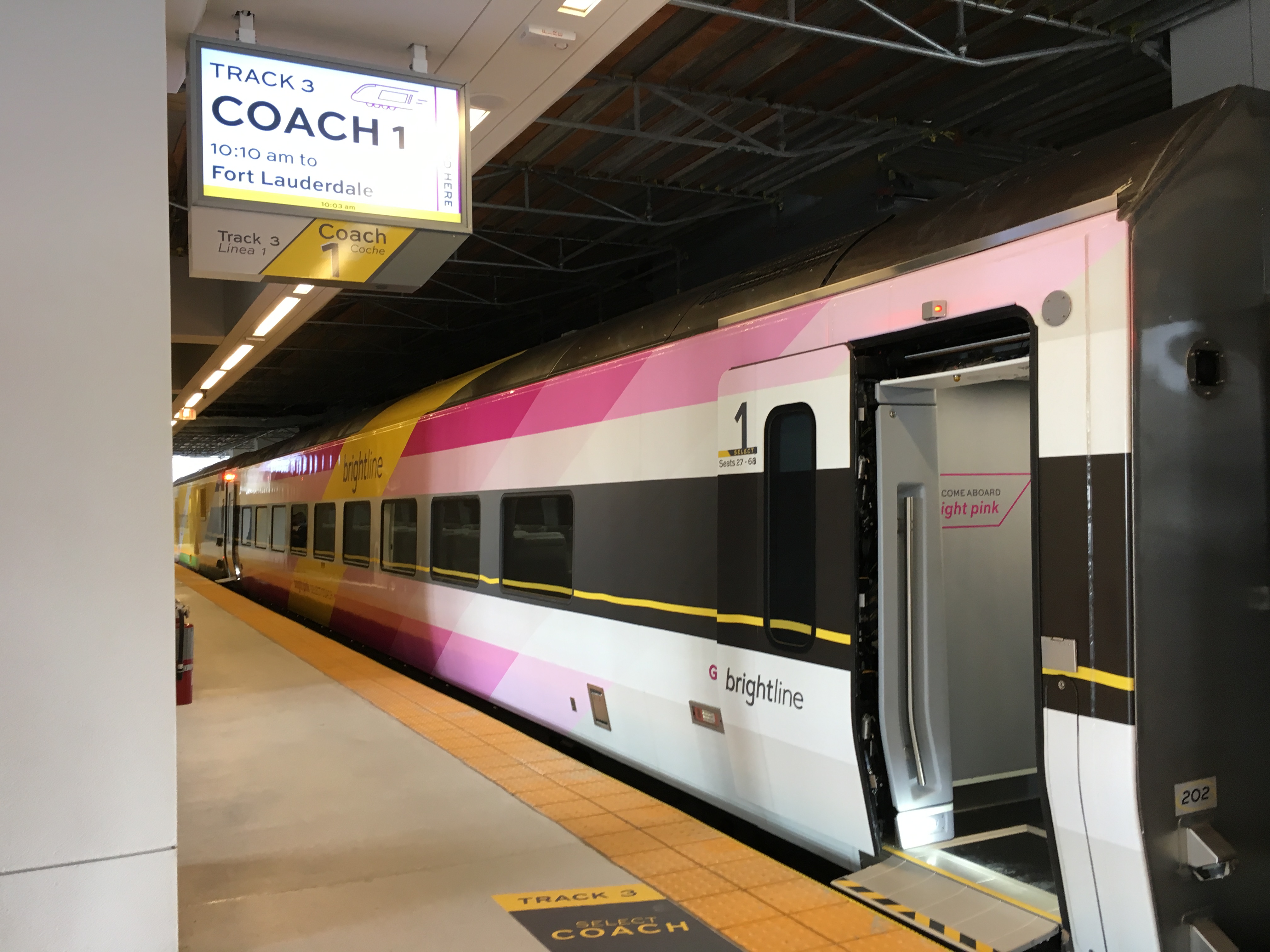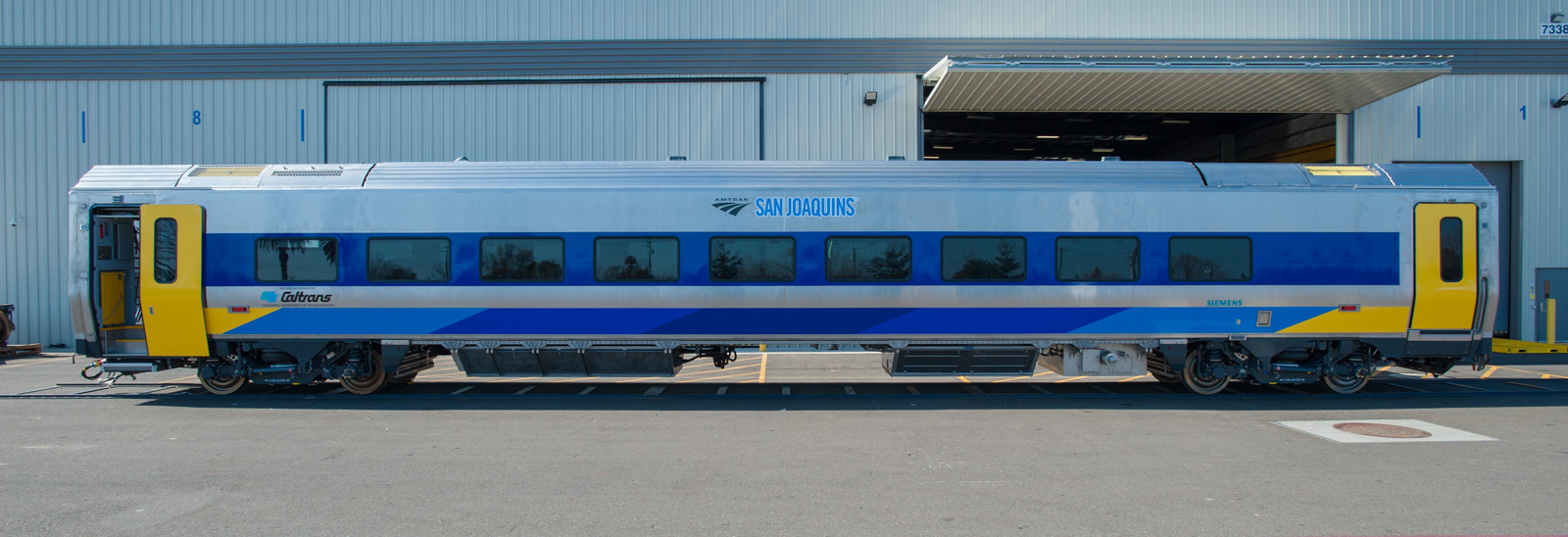SubwayNut
Conductor
Except for Acela, any Northeast Regional train needs to still be able to stop at low-level platforms. Westerly & Mystic are still low-level and New London has enough space to platform only one to two cars high-level.
I think Cornwells Heights, Newark, DE and Aberdeen are also still low-level too.
This doesn't include off-corridor stops into Virginia some of which would probably require gauntlet track for freight trains so these wider trains won't clip the sides of the high-level platforms. Since Virigina Railway Express is all galley cars that require low-level platforms it would also require separate Amtrak platforms at all of these stops.
I think Cornwells Heights, Newark, DE and Aberdeen are also still low-level too.
This doesn't include off-corridor stops into Virginia some of which would probably require gauntlet track for freight trains so these wider trains won't clip the sides of the high-level platforms. Since Virigina Railway Express is all galley cars that require low-level platforms it would also require separate Amtrak platforms at all of these stops.



























































